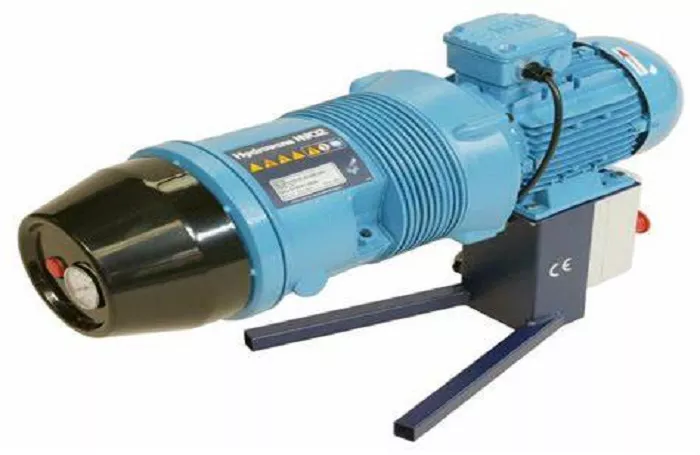Modern refrigeration technology has evolved significantly, with innovations like inverter compressor refrigerators and hydrovane compressors leading the way in efficiency, reliability, and performance. These technologies are widely used in both residential and industrial applications, offering distinct advantages over traditional refrigeration systems.
Inverter Compressor Refrigerators
Definition and Working Principle
An inverter compressor refrigerator uses a variable-speed compressor controlled by an inverter drive. Unlike conventional refrigerators that operate at fixed speeds (turning on and off to maintain temperature), inverter compressors adjust their speed continuously based on cooling demand.
Key Components
- Inverter Drive: Modulates power frequency to control motor speed.
- Variable-Speed Motor: Runs at different RPMs (revolutions per minute) instead of just ON/OFF.
- Microprocessor Control: Monitors temperature and adjusts cooling output precisely.
How It Works
The refrigerator’s sensors detect internal temperature changes
- The inverter drive adjusts the compressor’s speed to match cooling needs.
- If minimal cooling is required, the compressor runs at low speed.
- If rapid cooling is needed (e.g., after opening the door), the compressor speeds up.
Advantages of Inverter Compressor Refrigerators
Energy Efficiency
- Reduces power consumption by 30–50% compared to fixed-speed compressors.
- Avoids frequent start-stop cycles, which waste energy.
Quieter Operation
Runs smoothly at lower speeds, reducing noise levels.
Precise Temperature Control
Maintains a more stable temperature, improving food preservation.
Hydrovane Compressors
Definition and Working Principle
A hydrovane compressor is a type of rotary vane compressor primarily used in industrial air compression systems. It is known for its durability, smooth operation, and oil-flooded design, making it ideal for continuous-duty applications.
Key Components
Rotating Vanes: Slide in and out of slots to compress air.
Oil Injection System: Lubricates and cools the compression chamber.
Housing (Stator): Contains the rotor and vanes in an eccentric design.
How It Works
- The rotor spins inside the stator, creating chambers between the vanes.
- Air enters through the intake port.
- As the rotor turns, the vanes compress the air while oil is injected for cooling and sealing.
- Compressed air exits through the discharge port.
Advantages of Hydrovane Compressors
High Efficiency
Delivers consistent airflow with minimal pulsation.
Durability
Oil lubrication reduces wear and tear on moving parts.
Quiet Operation
Lower noise levels compared to piston compressors.
Disadvantages of Hydrovane Compressors
Oil Carryover
Requires oil separators to prevent oil contamination in the air supply.
Maintenance Requirements
Regular oil changes and vane inspections are necessary.
Comparison: Inverter Compressor vs. Hydrovane Compressor
| Feature | Inverter Compressor (Refrigeration) | Hydrovane Compressor (Air Compression) |
|---|---|---|
| Primary Use | Cooling (refrigerators, ACs) | Compressed air (industrial tools) |
| Speed Control | Variable-speed via inverter | Fixed or multi-stage speed |
| Energy Efficiency | High (30–50% savings) | Moderate (depends on load) |
| Noise Level | Very low | Low to moderate |
| Maintenance | Electronics may need servicing | Regular oil and vane checks |
| Lifespan | Long (if maintained properly) | Very long (robust construction) |
| Cost | Higher initial cost | Moderate to high |
Conclusion
Choosing between them depends on the application, budget, and performance requirements. For home and commercial refrigeration, inverter compressors are the superior choice. For industrial air systems, hydrovane compressors offer unmatched durability.
As technology advances, both systems will continue to evolve, further improving efficiency and sustainability in refrigeration and air compression industries.

